SOURCE: AFI


ata Advanced Systems Limited (TASL), a leading Indian defense and aerospace company, has taken a significant step toward expanding its international footprint by incorporating a wholly owned subsidiary in the Kingdom of Morocco. The new entity, named “Tata Advanced Systems Maroc SARLAU,” operates as a Limited Liability Company and has been greenlit for an investment of up to 16 million USD by TASL’s board of directors. This strategic move underscores TASL’s ambition to strengthen its position in the global defense market, with a particular focus on North Africa and beyond.
The establishment of Tata Advanced Systems Maroc SARLAU comes on the heels of a major order from the Royal Moroccan Army for 150 Wheeled Armoured Platforms (WhAP) 8×8. The WhAP, developed in collaboration with India’s Defence Research and Development Organisation (DRDO) and Tata Motors, is a versatile, amphibious armored vehicle designed for a range of battlefield roles, from troop transport to infantry combat. This contract, one of the largest for Indian-made armored vehicles both domestically and internationally, marks a pivotal moment for TASL as it transitions into a defense Original Equipment Manufacturer (OEM) with an overseas presence.
Continue readingSOURCE: AFI
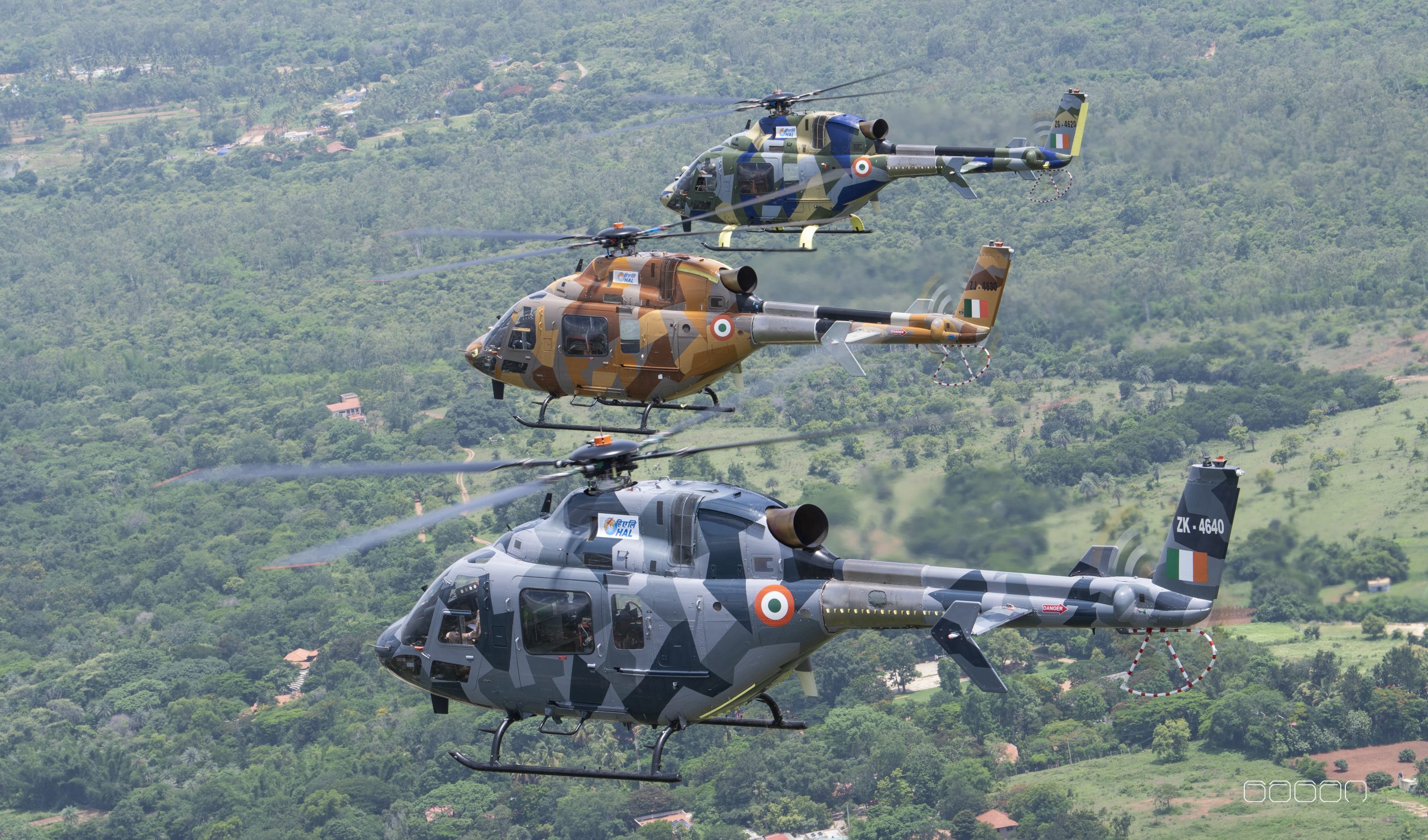

Hindustan Aeronautics Limited (HAL), India’s premier Maharatna Public Sector Undertaking, has taken a proactive step to refine its Light Utility Helicopter (LUH) by issuing a Request for Quotation (RFQ) through its Rotary Wing Research & Design Centre (RWR&DC) in Bangalore. Released in late March 2025, the RFQ calls for consultancy services to address internal noise attenuation challenges identified during developmental testing of the LUH. With a submission deadline of April 4, 2025, at 14:00 HRS IST, HAL is signaling its dedication to enhancing the performance, comfort, and operational readiness of this versatile rotary-wing platform, designed for both the Indian Armed Forces and civilian use.
The LUH, a 3.0-ton class single-engine helicopter, represents a cornerstone of HAL’s rotary-wing innovation. Developed by the ISO 9001-certified RWR&DC, it features a side-by-side pilot and co-pilot configuration, a four-bladed hinge-less main rotor, and a four-bladed bearing-less tail rotor. Engineered for reliability and adaptability, the LUH is poised to replace aging Cheetah and Chetak helicopters in military roles—such as reconnaissance, troop transport, and casualty evacuation—while also targeting civilian applications like search and rescue and utility missions. With its glass cockpit, Shakti-1U engine (co-developed with Safran), and a maximum speed of 220 km/h, the LUH promises to be a workhorse across diverse terrains.
Continue readingSOURCE: AFI


GE Aerospace has officially kicked off a critical phase of support for India’s indigenous Tejas Light Combat Aircraft (LCA) program, confirming the delivery of the first F404-IN20 engine to Hindustan Aeronautics Limited (HAL) on March 25, 2025. Following this milestone, the American defense giant has committed to supplying 11 more F404 engines before the end of 2025, ensuring a steady flow of powerplants to keep HAL’s production lines humming for the LCA Mk1A jets. This development marks a turning point after years of delays, reinforcing GE’s 40-year partnership with HAL and bolstering India’s defense manufacturing ambitions.
The F404-IN20, a high-thrust variant of GE’s renowned F404 engine family, is tailored specifically for the single-engine Tejas Mk1A, offering enhanced performance with features like a higher-flow fan and single-crystal turbine blades. The delivery of the first engine, which left GE’s facility in Lynn, Massachusetts, on March 25 and is expected to arrive in India by mid-April, ends months of anticipation. HAL, tasked with delivering 83 LCA Mk1A jets to the Indian Air Force (IAF) under a ?48,000-crore contract signed in February 2021, had faced setbacks due to GE’s supply chain challenges, compounded by a five-year production gap between 2016 and 2021. With this initial delivery now complete, GE’s accelerated schedule promises to stabilize the program.
Continue readingSOURCE: AFI
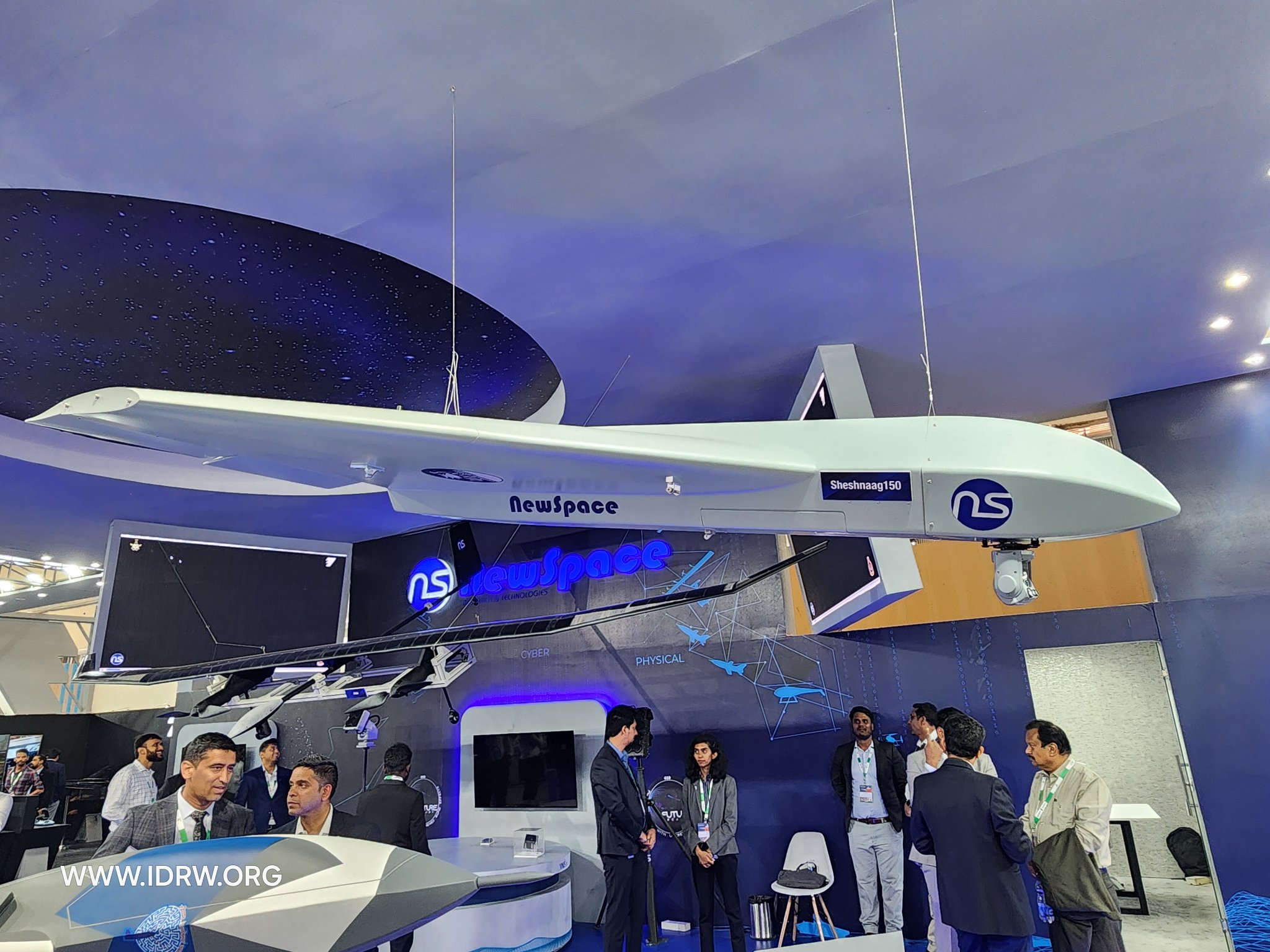

In a landmark achievement for India’s defence and aerospace sector, Bengaluru-based NewSpace Research and Technologies (NRT) has successfully conducted the maiden flight of the Sheshnag-150, a long-range precision strike Unmanned Aerial Vehicle (UAV).
Named after the mythological serpent Sheshnag, this 150kg UAV represents a significant step forward in India’s quest for self-reliance in defence manufacturing and its strategic push to bolster unmanned combat capabilities. With its advanced features and swarm-based operational design, the Sheshnag-150 is poised to strengthen India’s border security and address emerging threats in an increasingly volatile geopolitical landscape.
Continue readingSOURCE: AFI


Hindustan Aeronautics Limited (HAL) has recently proposed the HLFT-42, a supersonic lead-in fighter trainer (LIFT) concept inspired by the legacy design of the HAL Marut, India’s first indigenous jet fighter from the 1960s. While the HLFT-42 aims to pay homage to India’s aviation history and address the Indian Air Force’s (IAF) need for advanced trainers, its retro-inspired design raises questions about its relevance in a rapidly evolving global aerospace landscape.
Instead of pursuing a derivative of an outdated platform, HAL should pivot towards developing a groundbreaking single-engine stealth LIFT aircraft—one that leverages technologies from the Advanced Medium Combat Aircraft (AMCA) and Tejas MkII programs. Such a platform could not only meet domestic training needs but also carve out a unique niche in the export market as a cost-effective, combat-capable stealth fighter, an offering currently absent in the global arena.
Continue readingSOURCE: RAUNAK KUNDE / NEWS BEAT / IDRW.ORG


While Indian Air Chief Amar Preet Singh and Defence Secretary Rajesh Kumar Singh have dismissed the notion of a current F-35A offer to India, including what was described as an informal offer by former U.S. President Donald Trump during a February 2025 meeting with Indian Prime Minister Narendra Modi, information obtained by idrw.org from a Lockheed Martin India official suggests otherwise. According to the source, LMI is in the process of organizing an official briefing for senior IAF leadership, with senior Lockheed Martin officials traveling from the United States for this purpose. Dates for the briefing are currently being coordinated.
idrw.org has previously reported Lockheed Martin’s reluctance to offer the F-35 within the MRFA tender framework, likely due to the potential requirements for Transfer of Technology (ToT) and a local assembly line. Instead, LM is expected to advocate for a Foreign Military Sales (FMS) approach, a government-to-government transaction facilitated by the U.S. Department of Defense.
Continue readingSOURCE: RAUNAK KUNDE / NEWS BEAT / IDRW.ORG


The Defence Research and Development Organisation (DRDO) has embarked on an innovative project to develop an “Ejectable Rocket Ignition System,” a technology poised to revolutionize the performance of the Pinaka MkIII, the next-generation variant of India’s indigenous multi-barrel rocket launcher (MBRL) system. This development, undertaken by DRDO’s Armament Research and Development Establishment (ARDE) in Pune, reflects India’s relentless pursuit of cutting-edge defense solutions to bolster its artillery firepower.
Though specific details of the Ejectable Rocket Ignition System remain under wraps, its likely purpose is to improve the ignition process of the Pinaka MkIII’s rockets, ensuring consistent and controlled propulsion while allowing for modular adaptability. Traditional rocket ignition systems are fixed within the projectile, but an ejectable design could enable the separation of the ignition component post-launch, potentially reducing weight during flight, optimizing fuel efficiency, and increasing range or payload capacity. Such a system might also facilitate safer handling and storage, as well as rapid reloading in the field—a critical advantage for the Indian Army’s envisioned Integrated Rocket Force.
Continue readingSOURCE: RAUNAK KUNDE / NEWS BEAT / IDRW.ORG


BrahMos Aerospace, India’s premier missile manufacturer, has embarked on an ambitious project to develop an airborne launcher for the BrahMos-NG, now rebranded as BrahMos-MA (Mini Airborne), in collaboration with a private-sector company. This lightweight launcher, weighing just 220 kilograms, is designed to integrate the supersonic cruise missile with a wide range of Indian Air Force (IAF) fighter jets, starting with the Sukhoi Su-30 MKI and Tejas Mk1A. Announced in early 2025, this development strengthens India’s Indigenous defence capabilities and positions the BrahMos-MA as a game-changing weapon in the IAF’s arsenal.
The airborne launcher, a critical component for deploying the BrahMos-MA from fighter aircraft, marks a significant engineering feat. At 220 kg, it is notably lighter than previous BrahMos launchers, such as the 500 kg unit used for the air-launched BrahMos-A on the Su-30 MKI. This weight reduction enhances compatibility with smaller platforms like the Tejas Mk1A, broadening the missile’s operational reach across the IAF fleet. The launcher’s modular design ensures adaptability to almost all IAF fighter types, including the Mirage 2000, Rafale, and potentially the upcoming Tejas Mk2 and AMCA (Advanced Medium Combat Aircraft).
Continue readingSOURCE: AFI
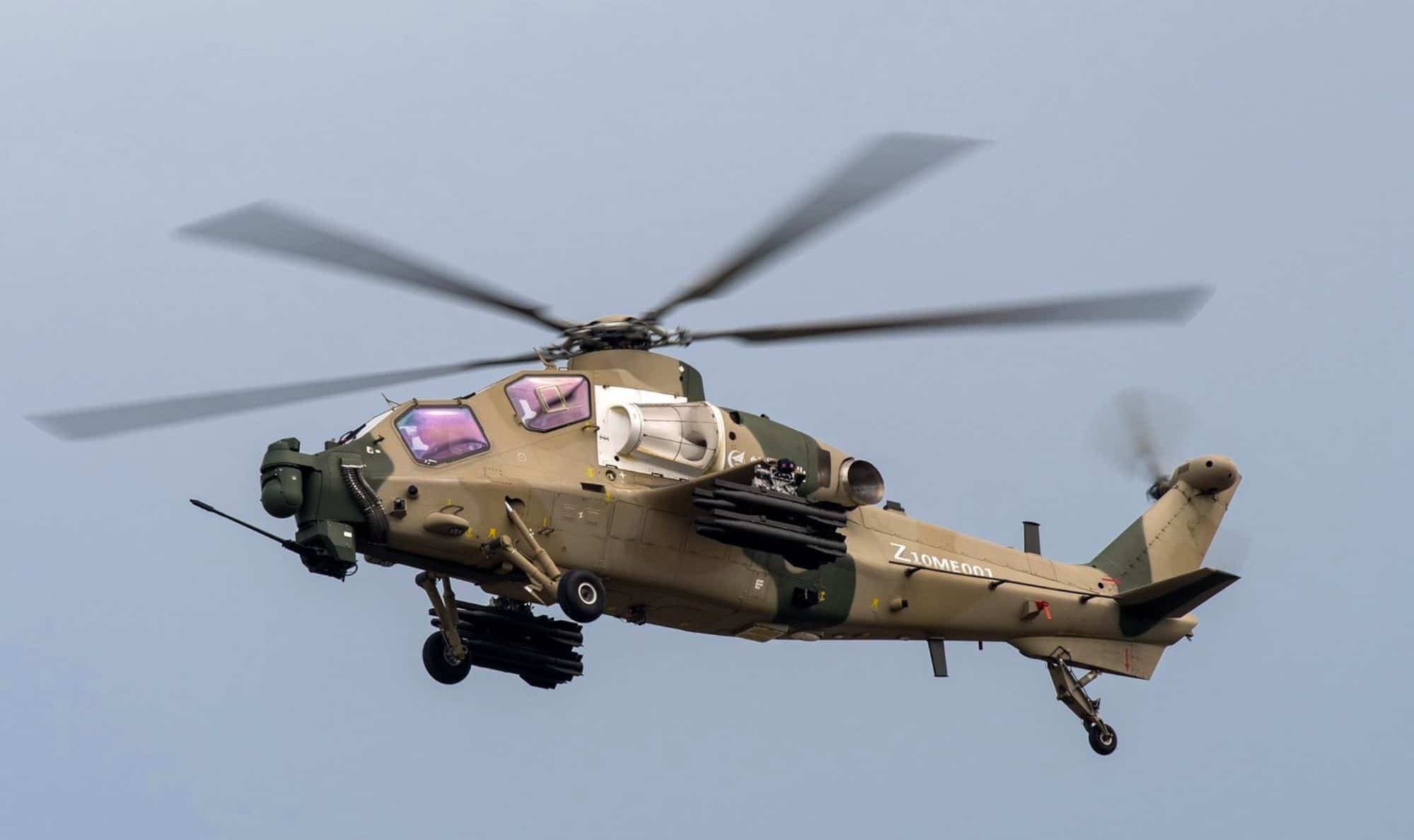

In a strategic move to bolster its aerial combat capabilities and maintain parity with its regional rival, the Pakistan Army is reportedly planning to expand its procurement of Z-10ME attack helicopters from China. This development comes as a direct response to India’s likely acquisition of 156 indigenously developed Light Combat Helicopters (LCH) Prachand, a platform designed to enhance India’s military presence along its borders with Pakistan and China. Adding a new dimension to this acquisition, Pakistan is exploring local assembly of the Z-10ME helicopters, potentially integrating advanced Turkish weaponry to elevate their operational effectiveness.
India’s LCH Prachand, meaning “Fierce” in Hindi, is a multi-role attack helicopter developed by Hindustan Aeronautics Limited (HAL) to meet the Indian armed forces’ needs in high-altitude and diverse terrains. With the Indian Ministry of Defence issuing a Request for Proposal (RFP) in June 2024 for 156 units—90 for the Army and 66 for the Air Force—the deal, valued at approximately ?53,000 crore (US$6.1 billion), is expected to be finalized by March 31, 2025. The Prachand’s ability to operate at altitudes exceeding 5,000 meters, coupled with its arsenal of air-to-air and air-to-ground missiles, makes it a formidable asset, particularly in contested regions like Ladakh and the Siachen Glacier.
Continue readingSOURCE: AFI
/sambad-english/media/media_files/2024/11/11/JvK6wmclhBivY7d3yWwF.jpg)

In the heart of Bhubaneswar, Odisha, BonV Aero is redefining the frontiers of aerial logistics with its cutting-edge unmanned aerial vehicles (UAVs). This innovative deep-tech startup, founded in 2021, has emerged as a key player in India’s defense and logistics ecosystem, designing and manufacturing transport-class UAVs capable of operating in some of the world’s most extreme environments. With a strong partnership with the Indian Army as an original equipment manufacturer (OEM), BonV Aero is addressing critical challenges faced by the Indian defense system, particularly in the unforgiving Himalayan mountains.
“The Indian defence system faces big challenges in the Himalayan mountains,” explains Satyabrata Satapathy, co-founder and CEO of BonV Aero. “Choppers have limitations, and relying solely on them for heavy payload transport is not a viable solution.” Traditional helicopters, such as the Indian Army’s Cheetah, struggle with payload capacity at high altitudes—capped at 20 kilograms in regions like Siachen—while UAVs offer a scalable, efficient alternative. BonV Aero’s response is a fleet of battery-powered, fully autonomous drones engineered to overcome these constraints, delivering supplies where conventional methods falter.
Continue readingSOURCE: AFI
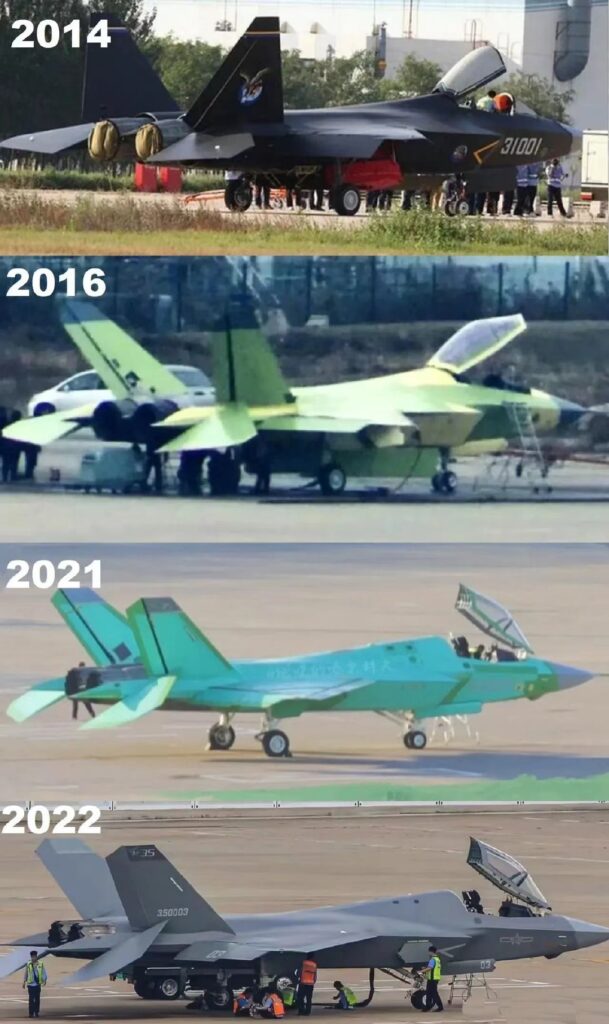

The adaptation of deck-based fighter jets, originally designed for naval carrier operations, into land-based variants for air force use is a complex engineering feat that introduces a unique set of challenges. China’s Shenyang J-35A, unveiled as a land-based stealth fighter for the People’s Liberation Army Air Force (PLAAF) at the Zhuhai Airshow in November 2024, exemplifies this trend.
Derived from the naval J-35, itself an evolution of the FC-31 prototype, the J-35A’s transition from sea to land highlights inherent design compromises and operational hurdles. As Pakistan emerges as a potential first export customer for this fifth-generation fighter, with reports suggesting a deal for 40 J-35A jets by 2027, the Pakistani Air Force (PAF) is poised to become an experimental proving ground for China’s cutting-edge but untested technology. This article explores the problems of converting deck-based fighters like the J-35A for air force roles and why Pakistan’s adoption positions it as a testing bed for Chinese innovation.
Continue readingSOURCE: AFI
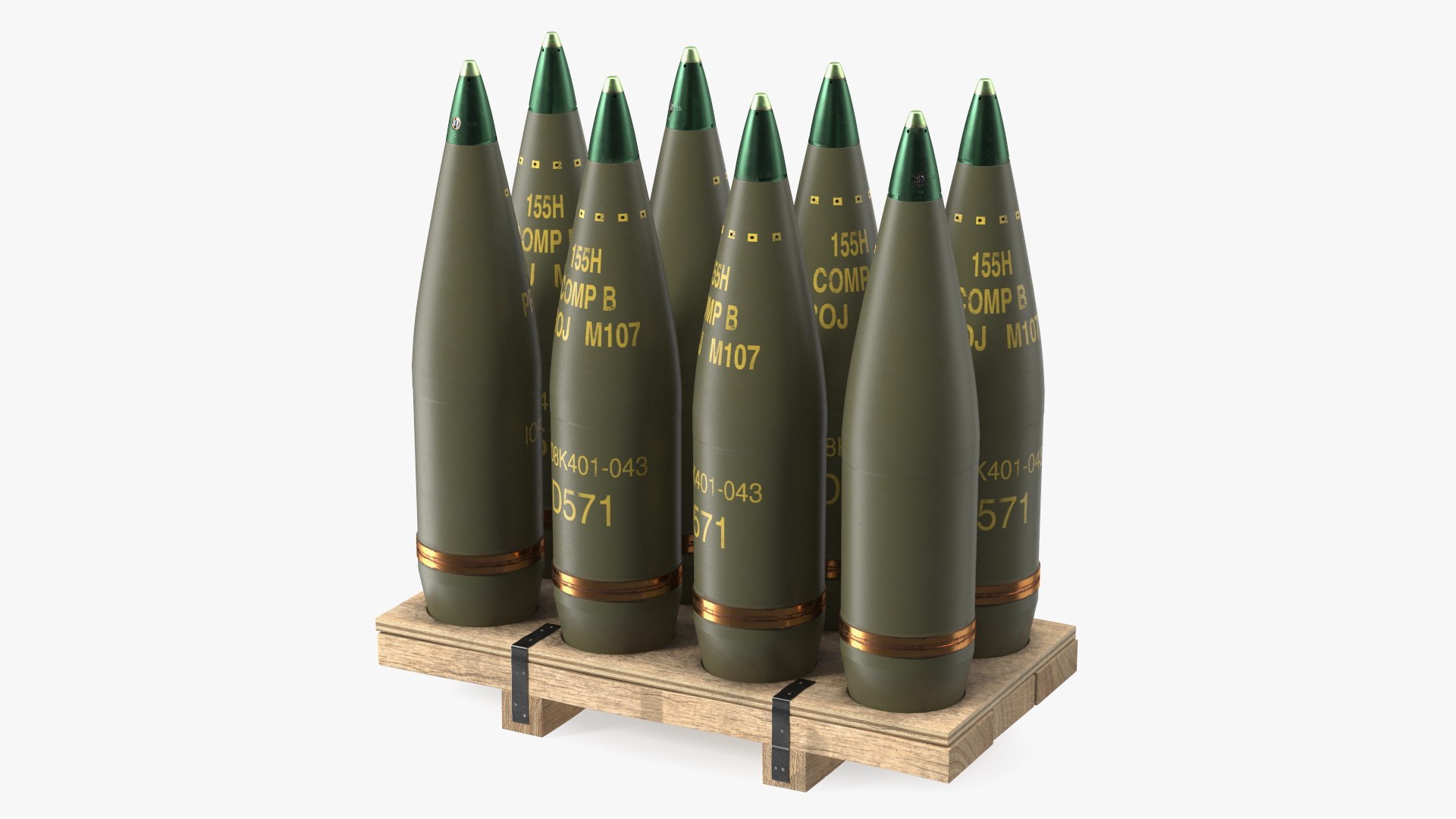

Sunita Tools Limited, an emerging name in India’s defense manufacturing sector, has achieved a significant milestone with the receipt of a major Letter of Intent (LOI) for the supply of 155mm M107 empty artillery shells. The order, comprising 100,000 units, marks a substantial step forward for the company as it strengthens its footprint in the global defense supply chain. The LOI, issued by a prominent defense supplier from a neutral and friendly Far Eastern country, underscores Sunita Tools’ growing reputation as a reliable partner in the production of critical munitions components.
Under the terms of the LOI, Sunita Tools Limited will commence delivery of the 155mm M107 empty shells at a rate of 7,500 pieces per month until the full order of 100,000 units is fulfilled. This steady supply schedule, expected to span over 13 months, highlights the company’s capacity to meet consistent production and delivery timelines—a key requirement in the defense industry. The 155mm M107 shell, a NATO-standard artillery projectile known for its versatility and widespread use, is a vital component for modern artillery systems, making this contract a strategic win for Sunita Tools.
Continue readingSOURCE: IDRW.ORG


GE Aerospace marked a significant milestone in its long-standing partnership with Hindustan Aeronautics Limited (HAL) on Tuesday, March 25, 2025, with the delivery of the first of 99 F404-IN20 engines. These engines are destined to power the Tejas Light Combat Aircraft (LCA) Mk 1A, India’s indigenous fighter jet, further strengthening the country’s military aviation capabilities.
Shawn Warren, General Manager of Combat & Trainer Engines at GE Aerospace, expressed enthusiasm about the achievement. “We were excited to deliver the first of 99 F404-IN20 engines to our valued customer, Hindustan Aeronautics Limited,” Warren said. “This is an important milestone in our 40-year relationship with HAL and in our efforts to ensure a strong future for India’s military by developing next-generation fighters while enhancing the country’s defense manufacturing capabilities.”
Continue readingSOURCE: IDRW.ORG


Hindustan Aeronautics Limited (HAL) achieved another milestone in India’s indigenous defense aviation program with the rollout of the 7th Tejas Light Combat Aircraft (LCA) Mk1A jet, bearing the serial number LA-5039, on March 25, 2025. This development comes just over a year after the first Tejas Mk1A aircraft, serial number LA-5033, conducted its inaugural flight, highlighting the impressive pace at which HAL is manufacturing these advanced fighter jets despite challenges such as engine delivery delays.
At Aero India 2025, held earlier this year, HAL showcased five fully assembled Tejas Mk1A aircraft that were ready for delivery to the IAF, signaling the company’s readiness to scale up production. The rollout of the 7th jet, LA-5039, within a year of the first flight of LA-5033, underscores HAL’s accelerated manufacturing capabilities. This achievement is particularly notable given the delays in engine supplies, a challenge that HAL has navigated with commendable efficiency.
Continue readingSOURCE: AFI
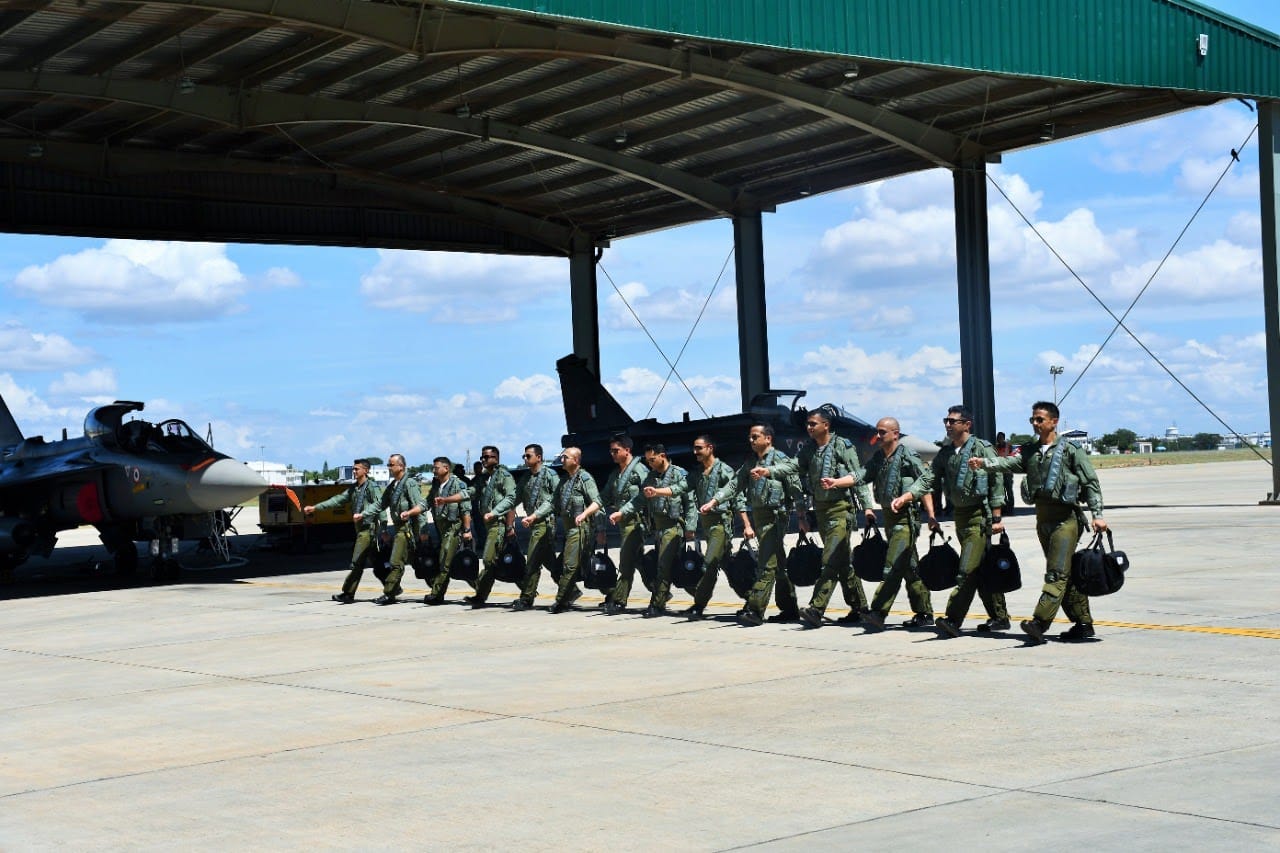

In a significant stride toward modernizing its operations and bolstering safety, the Indian Air Force (IAF) is set to deploy an innovative Bluetooth-based tool tracking system at its airbases across the country. Developed by IG Defence and Aerospace, an Indian firm, this cutting-edge solution aligns with the government’s “Atmanirbhar Bharat” (Self-Reliant India) initiative, which champions the development and adoption of homegrown defense technologies. The system promises to revolutionize tool management, a critical yet often overlooked aspect of airbase operations, while reducing risks that could jeopardize aircraft safety.
With over 60 airbases under its command, the IAF faces the formidable challenge of tracking thousands of tools and pieces of equipment used in maintenance and operational tasks. Misplaced or lost tools pose a serious hazard, particularly when they become Foreign Object Debris (FOD)—small items like bolts, screws, or wrenches left on runways. FOD can cause catastrophic damage to fighter jets during takeoff or landing, potentially leading to accidents that endanger lives and multimillion-dollar assets. The new Bluetooth Low Energy (BLE) Tool Tracking System aims to mitigate this risk by providing real-time visibility into the location of every tagged tool, ensuring nothing goes unaccounted for.
Continue reading